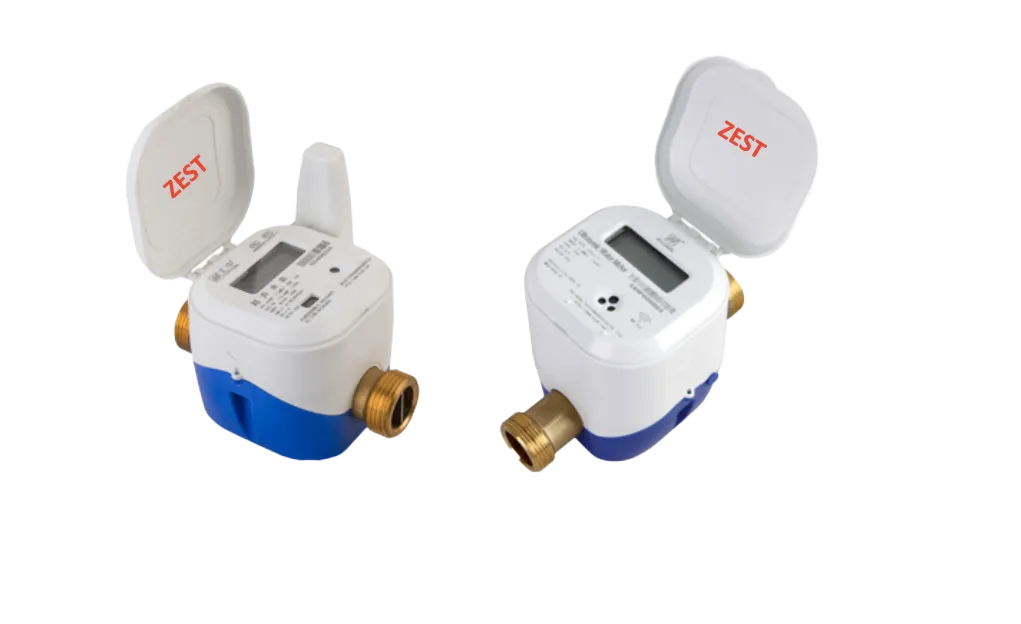

Introducing the Future of Water Metering
The AMR Water Meter from Zestflow brings your utility into the 21st century with automated meter reading technology. This innovative smart water meter allows for real-time monitoring and data collection without the need for manual reading. As urban populations grow, smart cities need innovative solutions like Zestflow's AMR meters to effectively monitor and manage essential resources like water. Contact us today to upgrade your utility with smart water metering ideal for advanced smart cities.
Key Features:
This water meter utilizes cellular, RF, etc to securely transmit water usage data to our online portal. Usage can then be monitored in real-time by both utilities and customers. The AMR meter collects consumption data hourly and sends daily meter reads.
With remote readings and early leak detection, the AMR Water Meter helps utilities improve operational efficiency. Plus, web and mobile access empowers consumers with more control over their water usage.
Additional benefits include:
The AMR Water Meter is designed for long-lasting performance. The battery inside the register lasts up to 20 years under normal operation. Placement on existing water lines ensures a non-invasive installation.
Monitor and manage your water system more effectively with Zestflow's industry-leading AMR meters. Contact us today to upgrade your utility with smart water metering.
Also:
© Copyright 2023 Zestflow Meters Solutions Pvt Ltd. All Rights Reserved. Powered by LOOKHEAR.